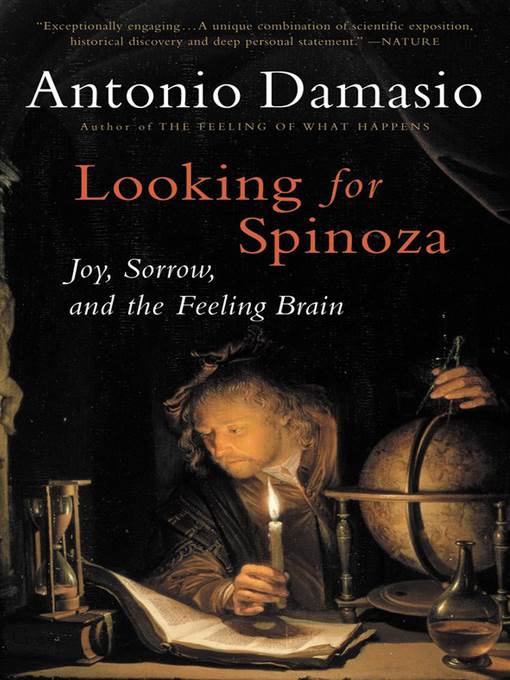
Looking for Spinoza
Joy, Sorrow, and the Feeling Brain
شادی، غم و احساس مغز:
فرمت کتاب
ebook
تاریخ انتشار
2003
نویسنده
Antonio Damasioنویسنده
Antonio Damasioشابک
9780547541716
کتاب های مرتبط
- اطلاعات
- نقد و بررسی
- دیدگاه کاربران
نقد و بررسی

January 20, 2003
The third in a series that began with Descartes' Error,
this book deftly combines recent advances in neuroscience with charged meditations on foundational 17th-century philosopher Baruch Spinoza, and the result is Damasio's fullest report so far on the nature of feelings. A Salk Institute professor and head of the department of neurology at the University of Iowa Medical Center, Damasio makes a useful distinction between emotions, which are publicly observable body states, and feelings, which are mental events observable only to the person having them. Based on neuroscience research he and others have done, Damasio argues that an episode of emoting begins with an emotionally "competent" stimulus (such as an attractive person or a scary house) that the organism automatically appraises as conducive to survival or well-being (a good thing) or not conducive (bad). This appraisal takes the form of a complex array of physiological reactions (e.g., quickening heartbeat, tensing facial muscles), which is mapped in the brain. From that map, a feeling arises as "an idea of the body when it is perturbed by the emoting process." Because they "bear witness to the state of life deep within," feelings are a vital guide to decision-making. Damasio goes on to connect his own views to Spinoza's and sympathize with that thinker's "secular religiosity," which identified God with nature. He ends by discussing spiritual feelings, which he relates to "the sense that the organism is functioning with the greatest possible perfection." Given his professional background, it is not surprising that Damasio is more persuasive when talking neuroscience than philosophy. But overall, he succeeds in making the latest brain research accessible to the general reader, while his passionate Spinozist reflections make that data relevant to everyday life.

























دیدگاه کاربران